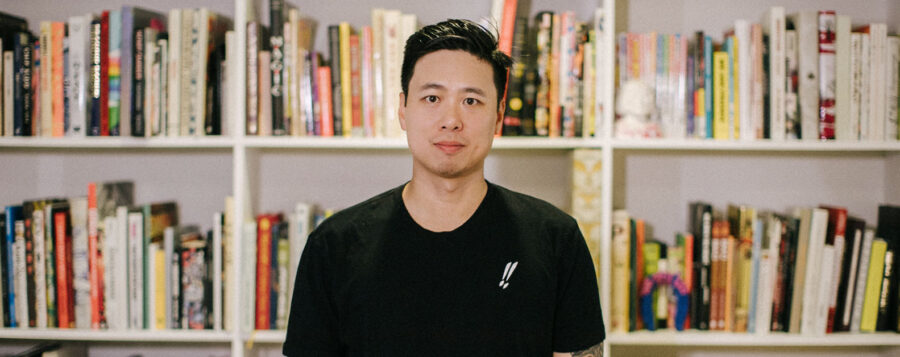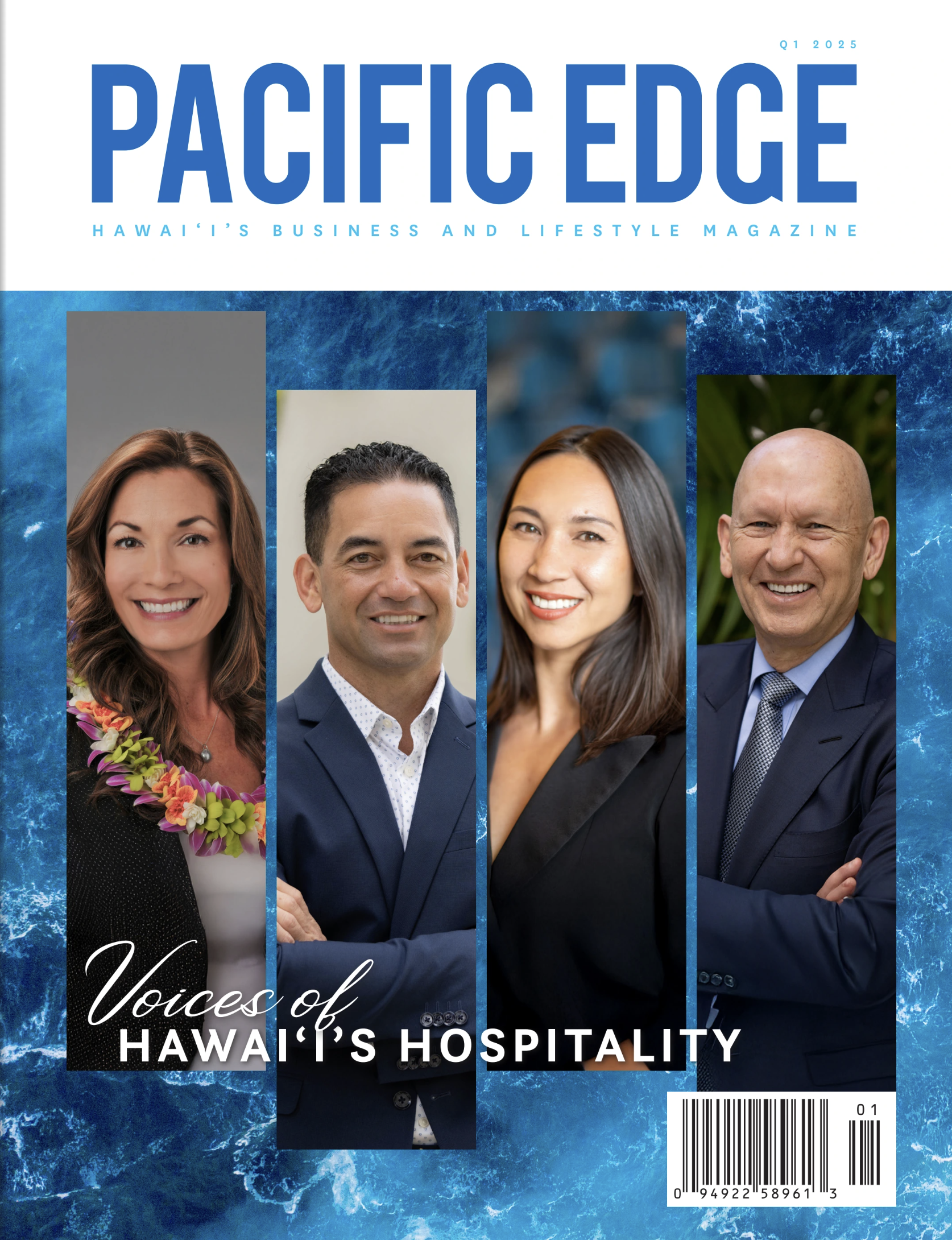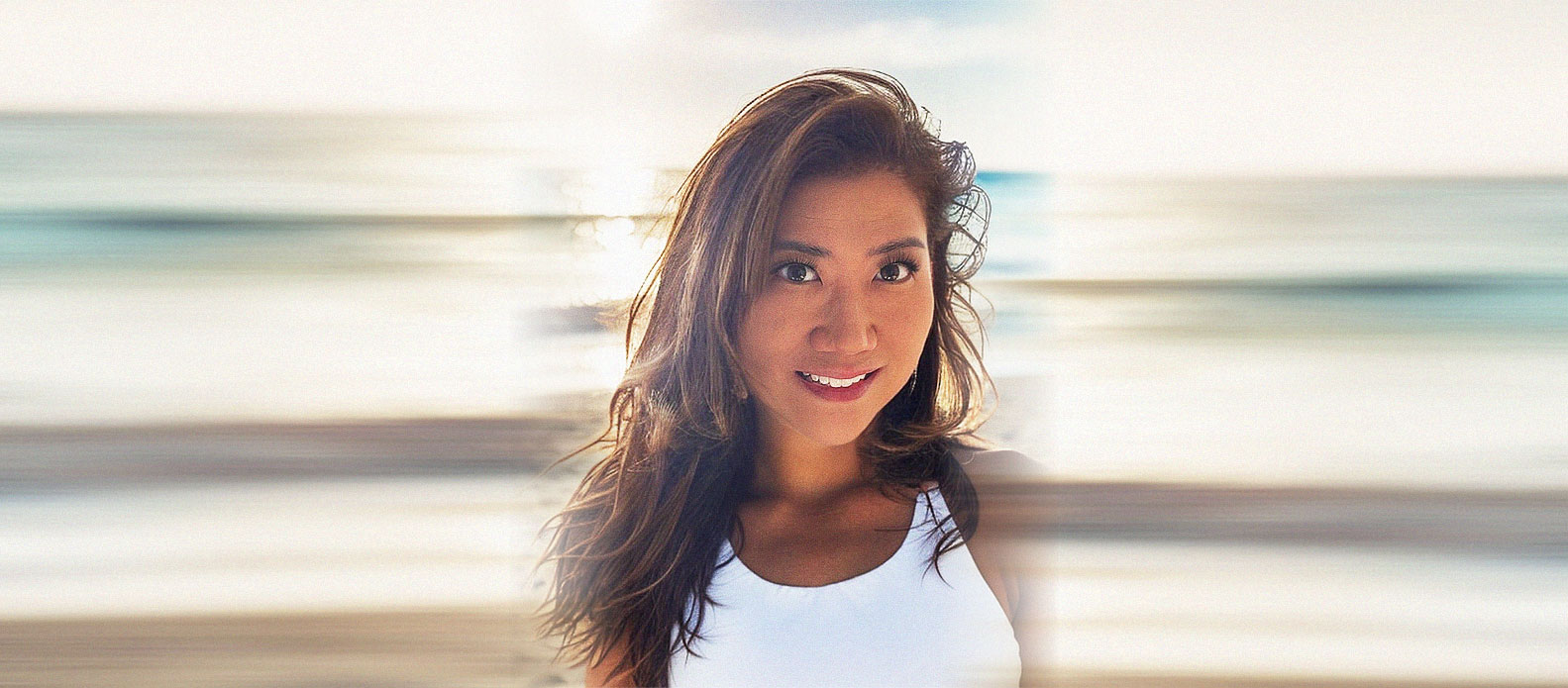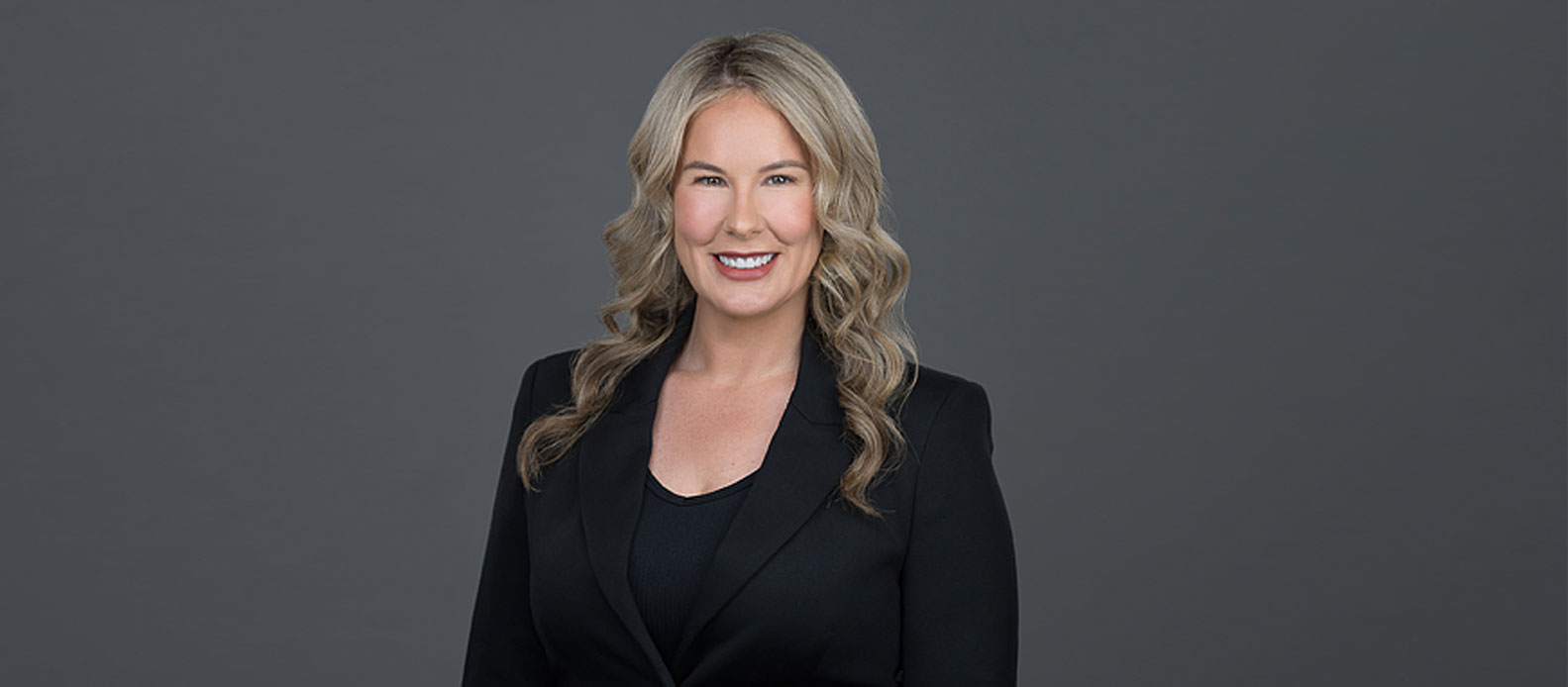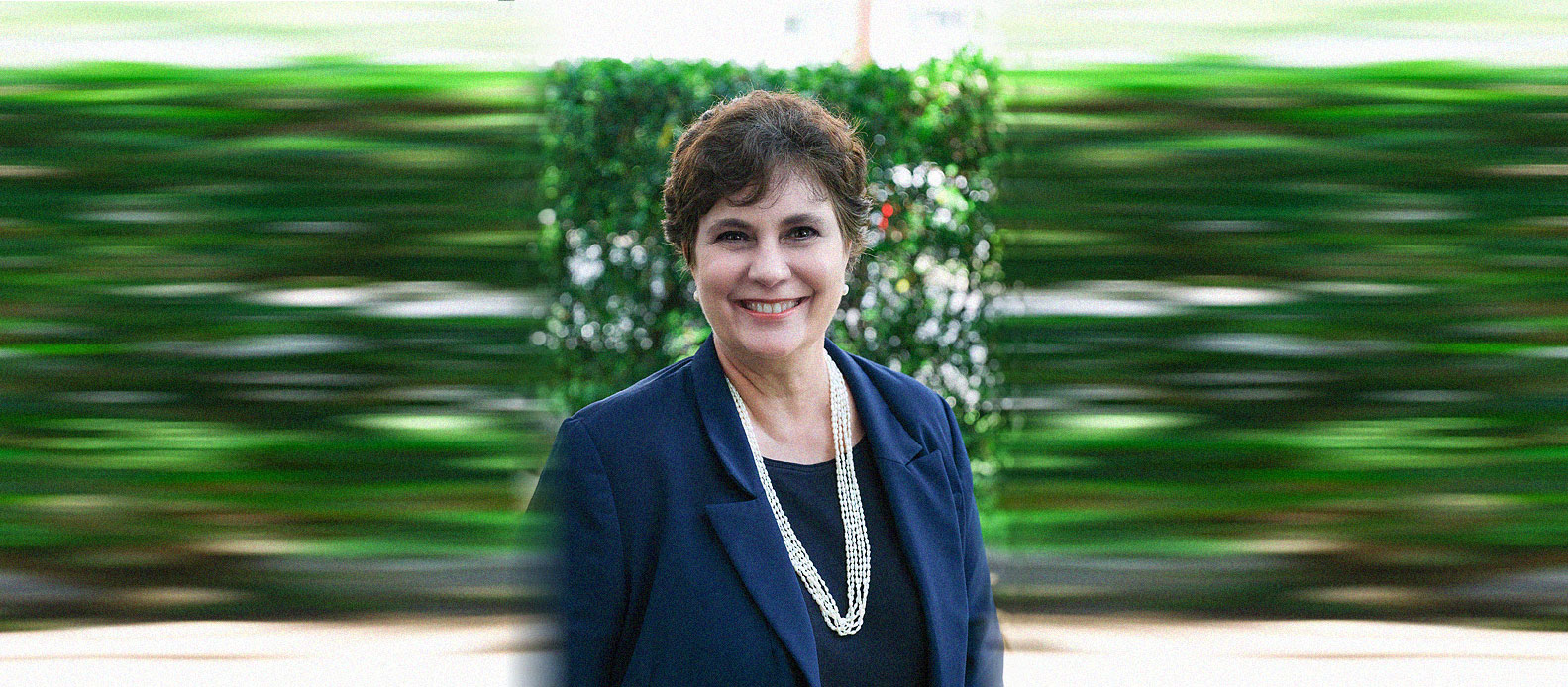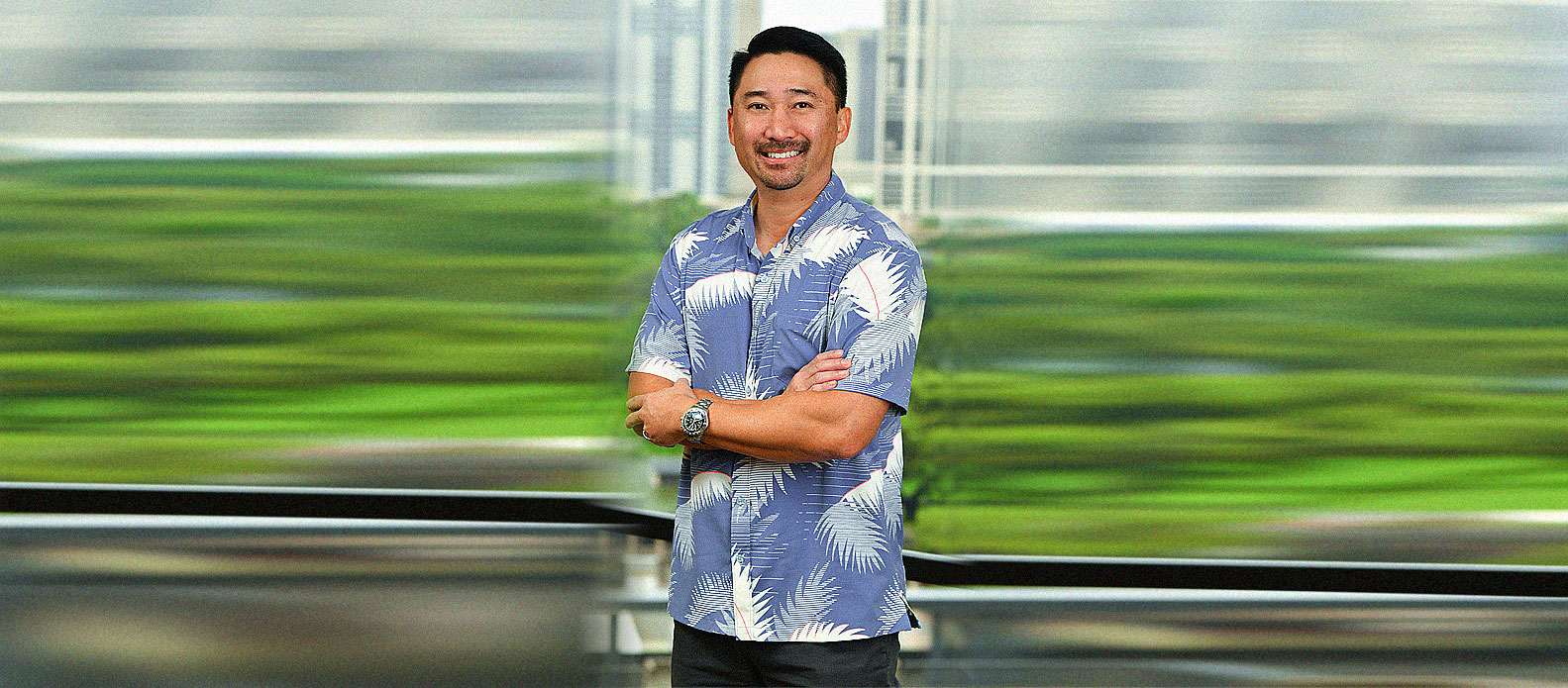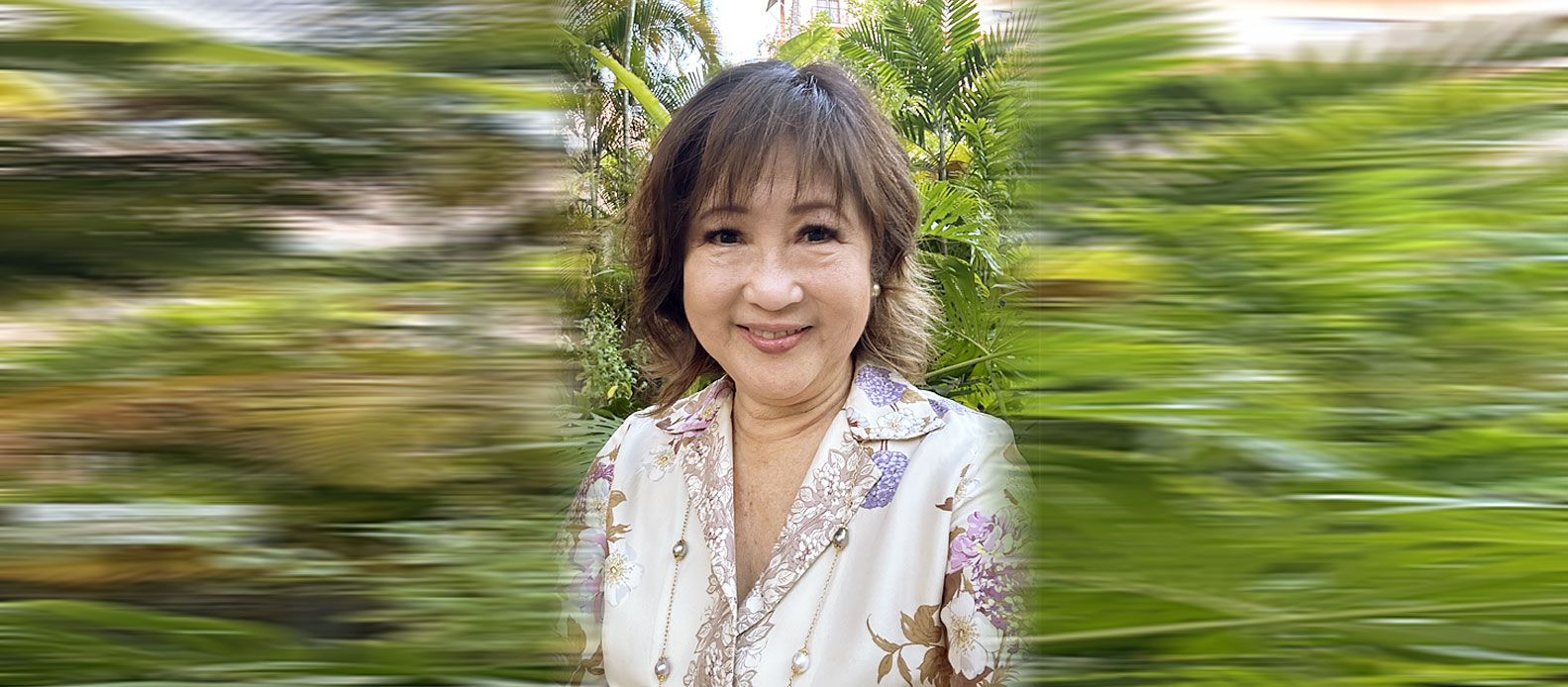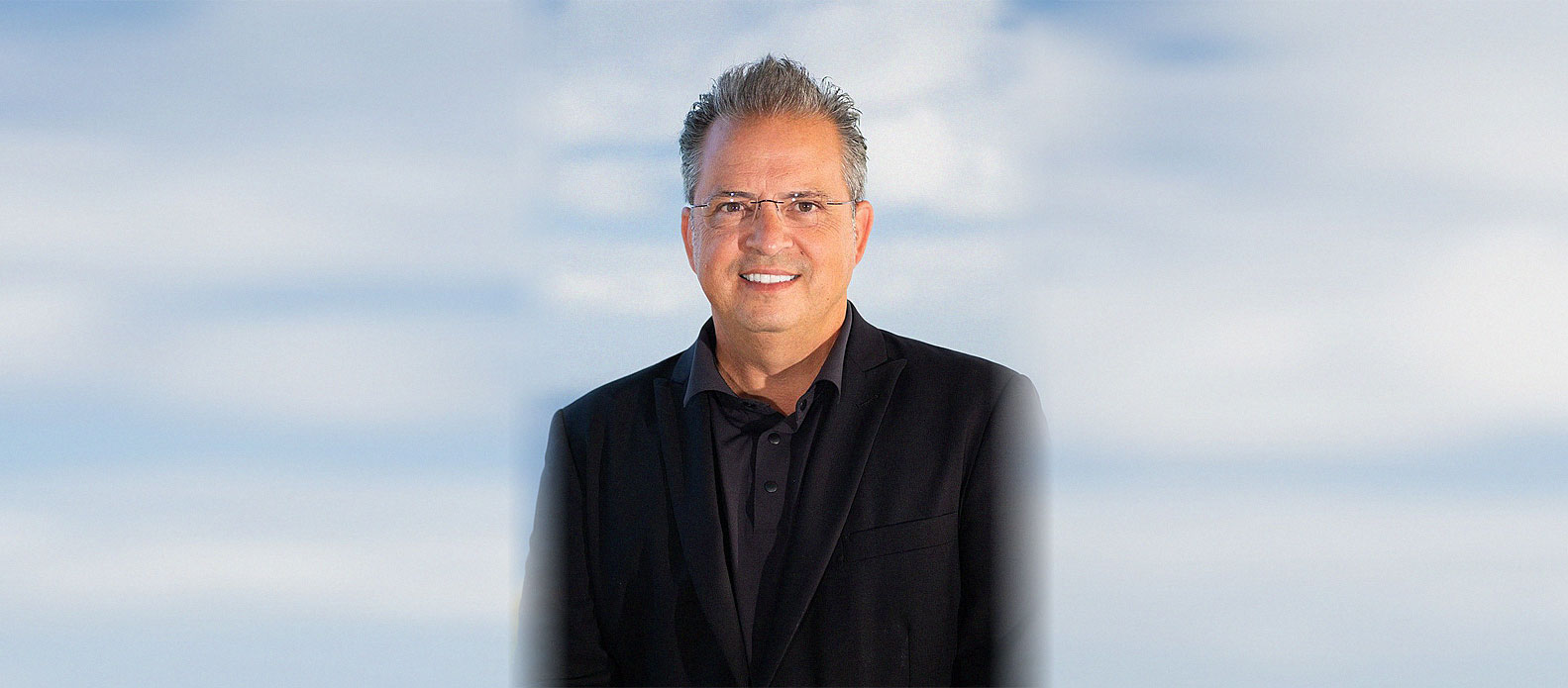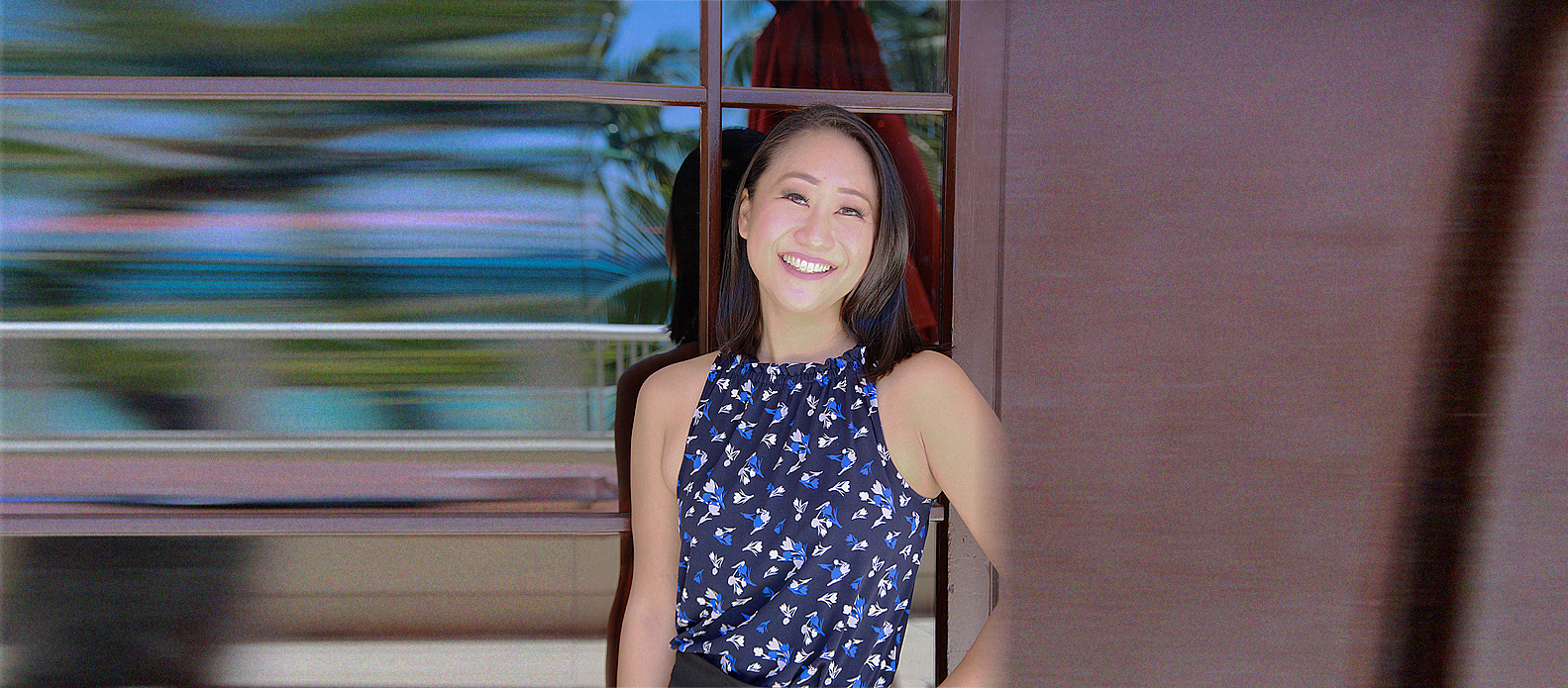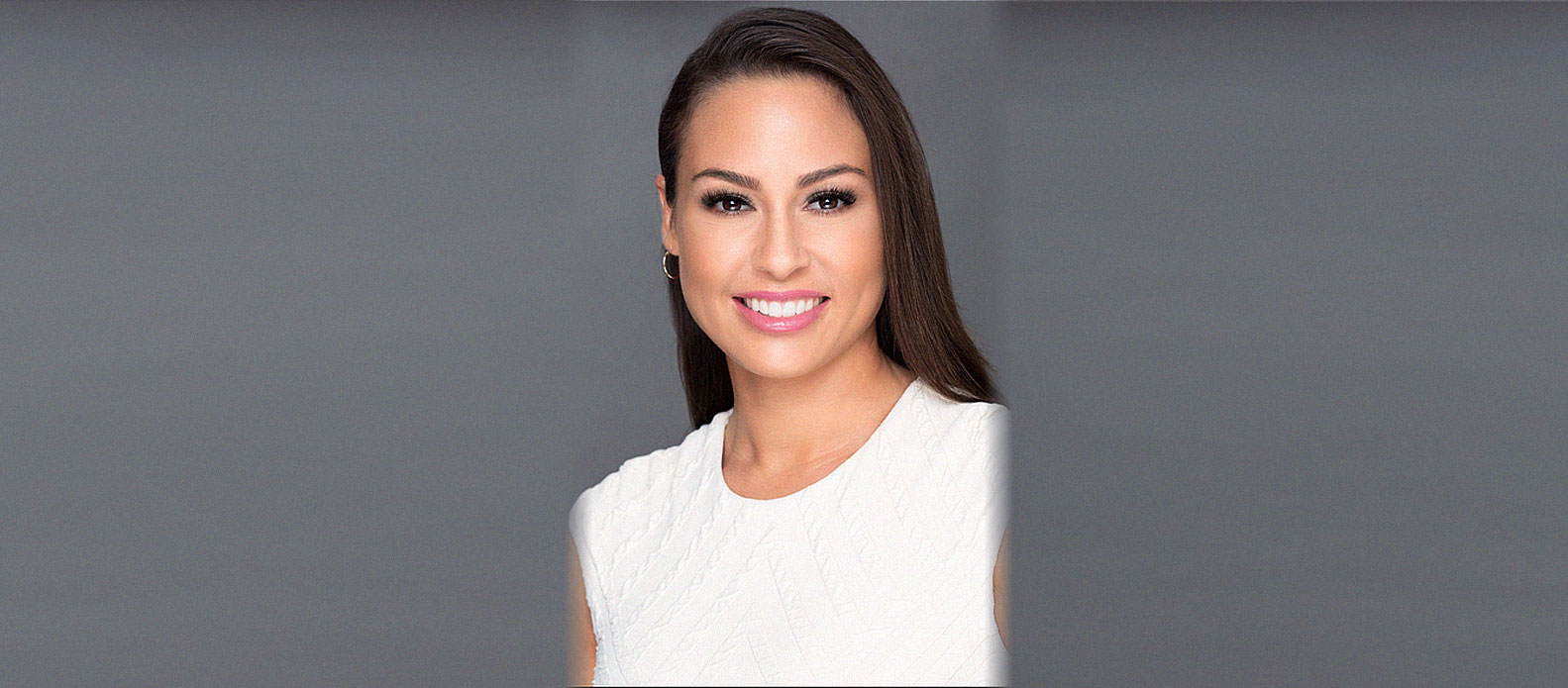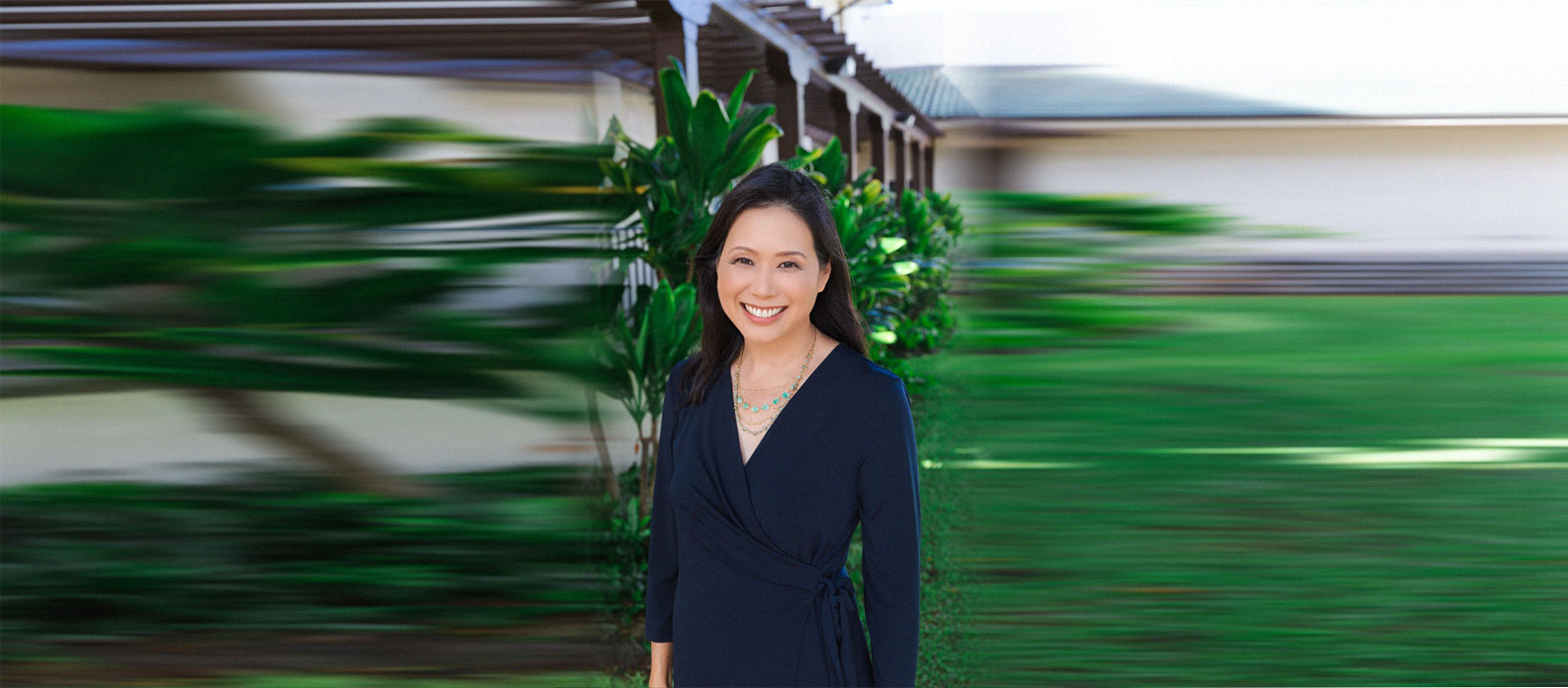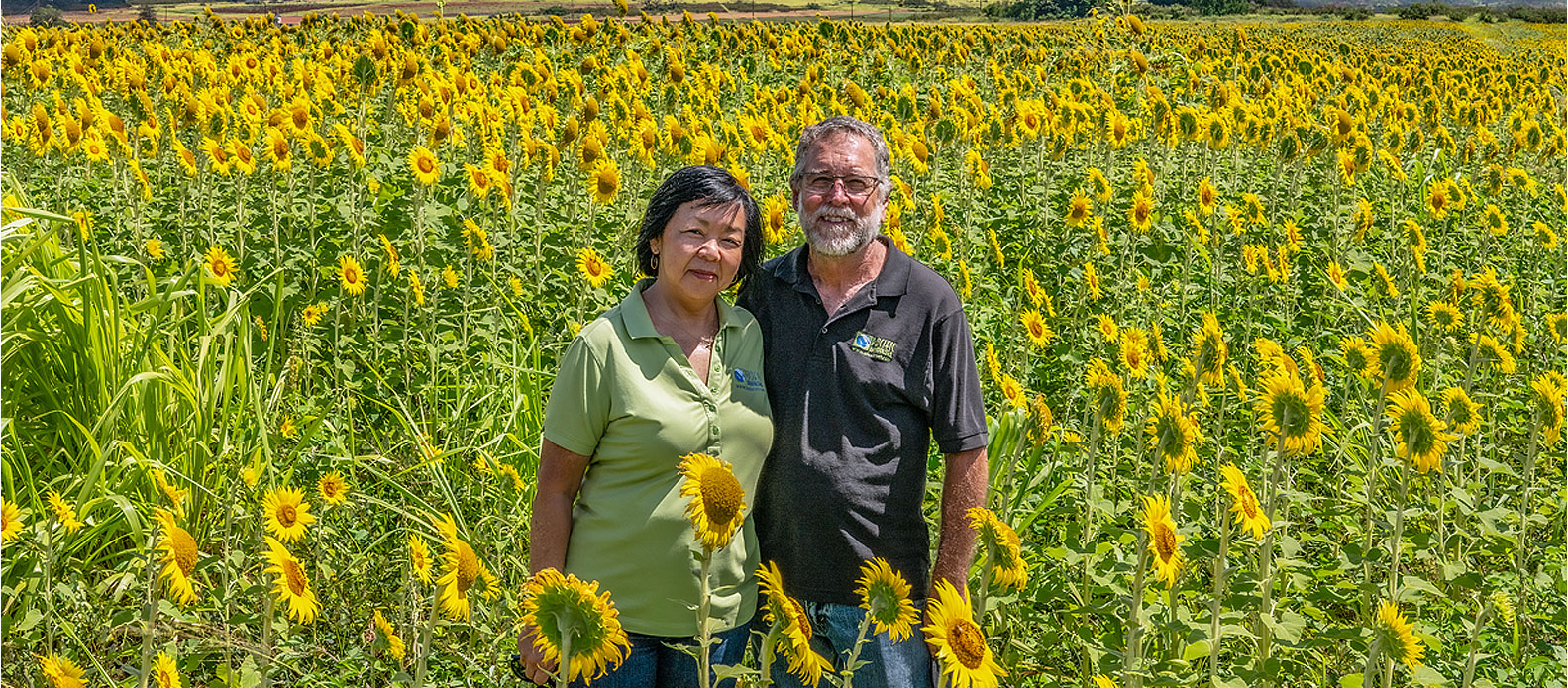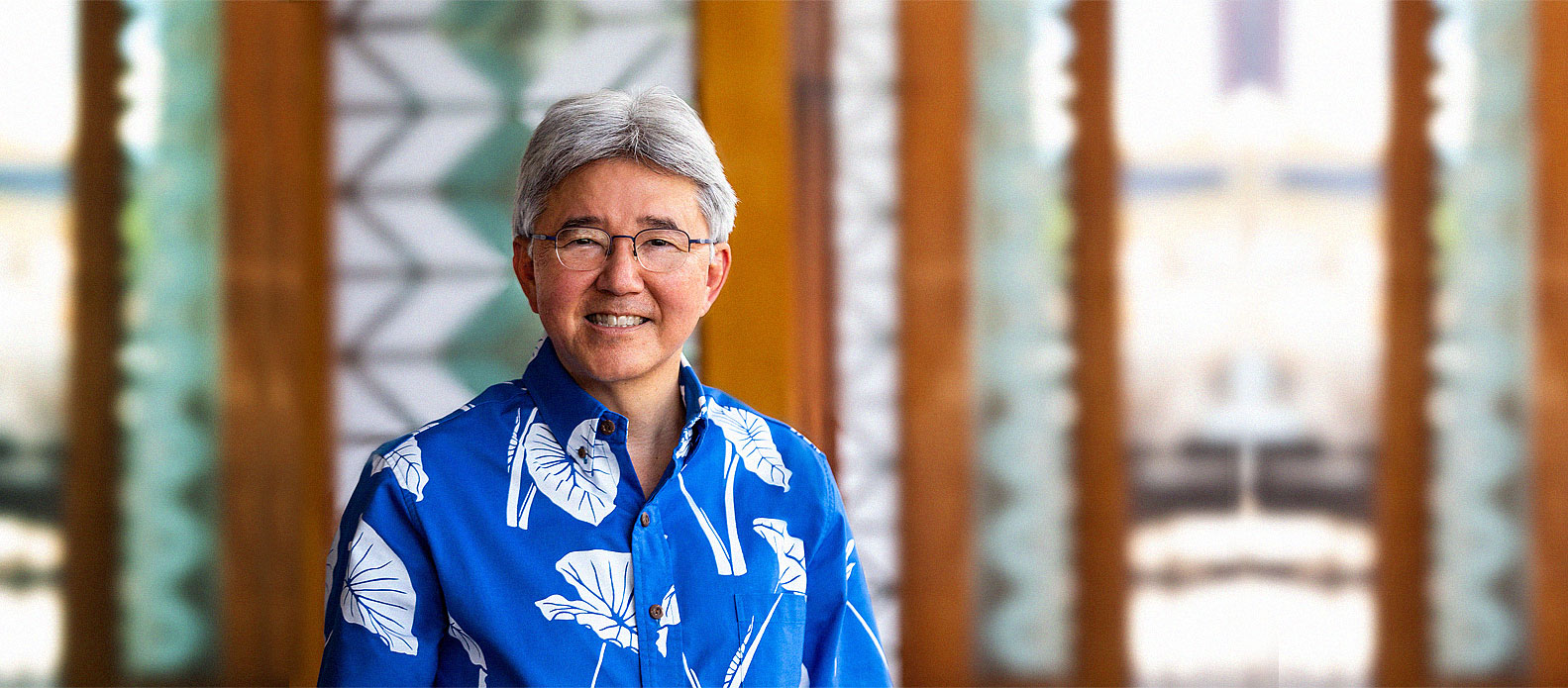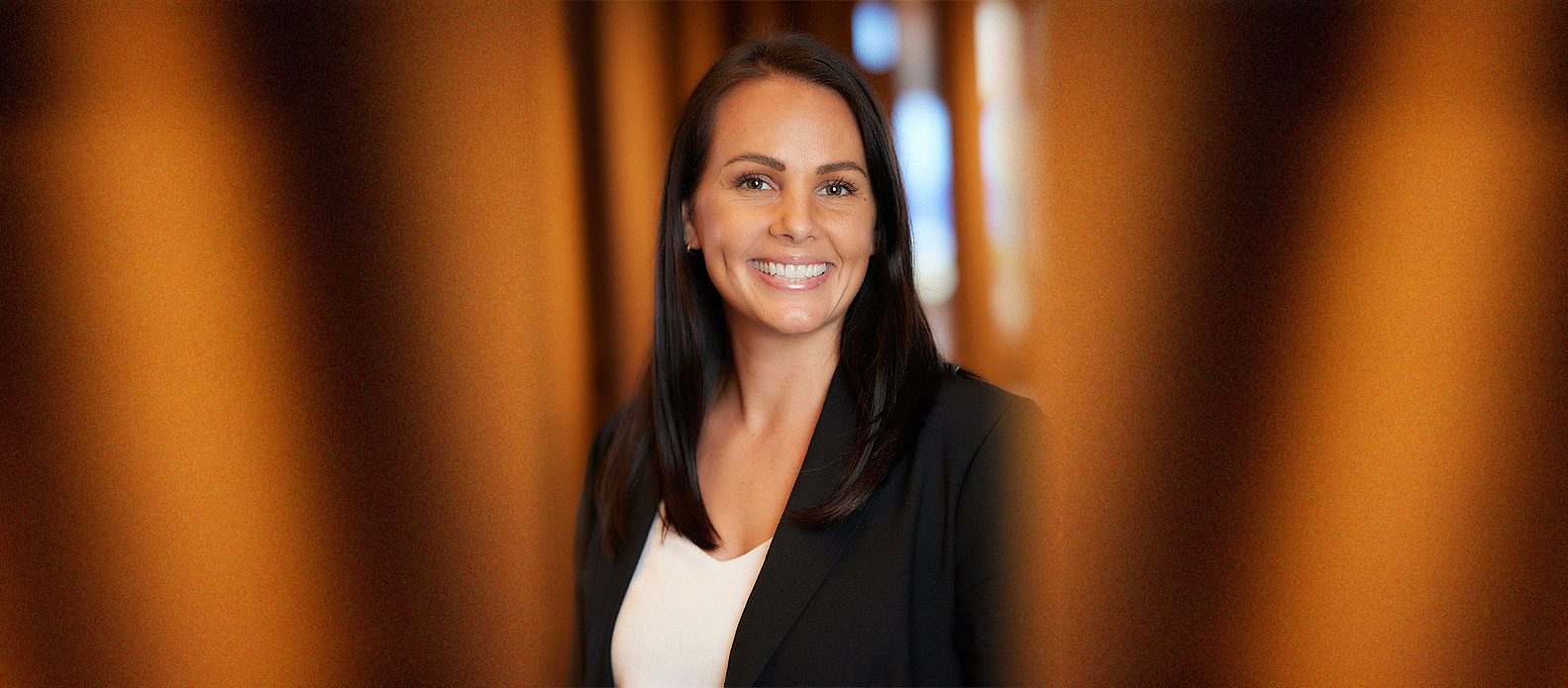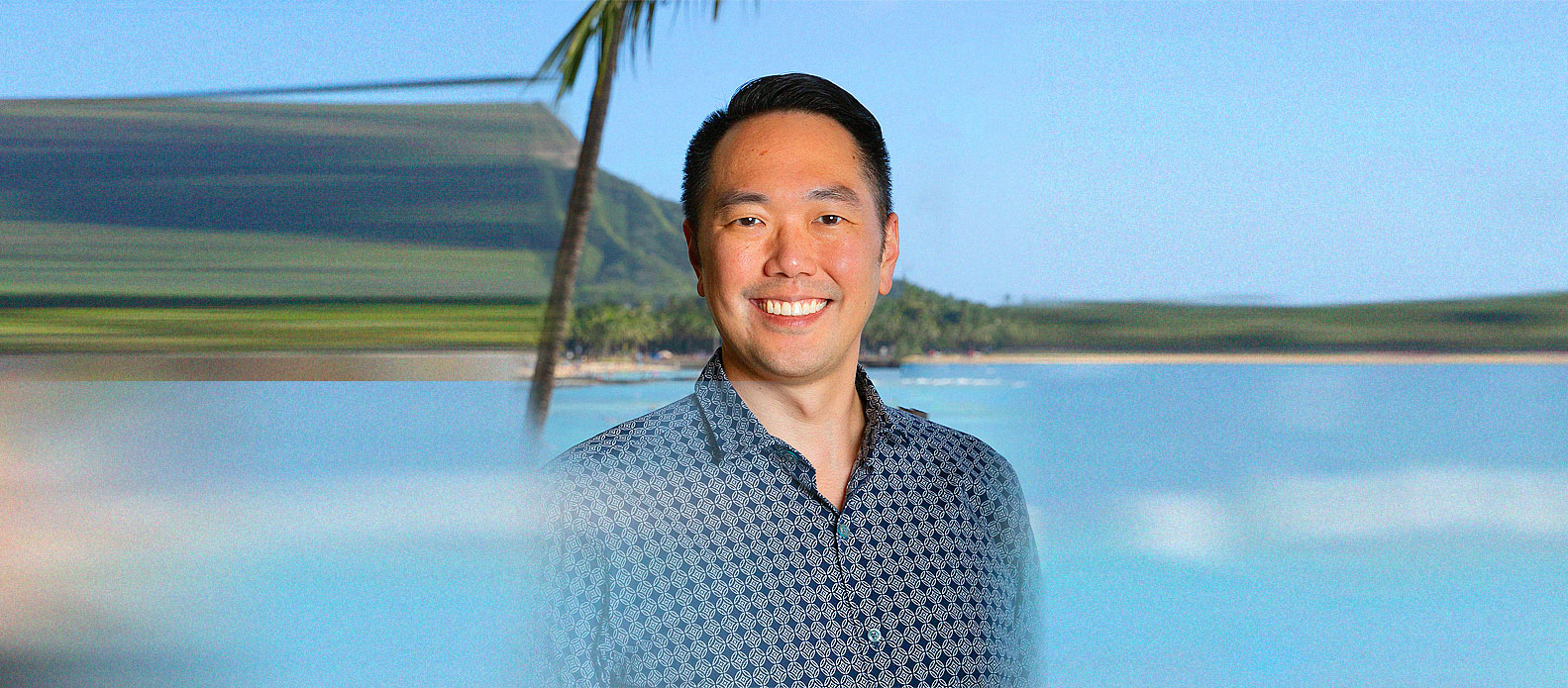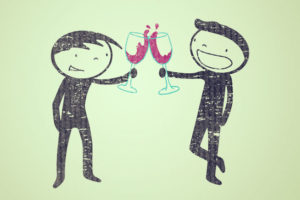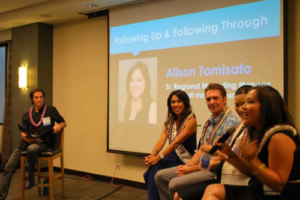How do you give back to your community?
I am deeply committed to making a positive impact on families and children living in underserved areas. Our efforts have spanned across the globe, where we have transformed spaces through art and murals in public housing, libraries, schools, and even homeless centers for children in Kathmandu. Recently, we successfully completed over 70 murals in Kalihi, a community heavily populated by low-income and public housing residents. This particular neighborhood holds special significance to me, as it is where I grew up. My childhood was spent in the back of my mother’s grocery store and bakery, located across from Farrington High School. Beautifying this area was not only a way for me to give back to my home, but also to uplift and bring visibility to a community in need.
My involvement in giving back began with teaching art classes at Palama Settlement, a community center with a remarkable 120-year history. Originally established to support newly arrived immigrants lacking resources, the center continues to fulfill its mission of providing healthcare, education, and a safe space. I felt a strong desire to support the children and families there, recognizing the selfless dedication of the individuals who work tirelessly to provide sanctuary and assistance to those that have been disenfranchised.
I am incredibly passionate about the transformative power of art in improving neighborhoods. Throughout my journey, I have organized and participated in 11 festivals in Hawai‘i and nearly 70 festivals worldwide. Murals serve as a medium for sharing stories and honoring individuals, infusing vibrant colors into otherwise ordinary places. Sometimes, a touch of color is all it takes to make a place better.
Giving back to communities is a vital endeavor that holds immense importance. It allows us to address inequality, provide support to those facing adversity, and create spaces that inspire and uplift. By dedicating our time, resources, and skills, we can contribute to building stronger, more vibrant communities for everyone to thrive in.
What does giving back mean to you?
It is better to give than to receive. We don’t always have to undertake grand, world-changing initiatives. Small gestures that positively impact those around us are enough. Take a moment to look around your own community. Whether it’s assisting a neighbor in need or volunteering to clean up a local park, the act of doing something selfless matters.
In today’s society, with the prevalence of social media and its influence, it’s easy to become self-centered. We often measure our success by the number of likes our posts receive. As an artist, I’ve experienced this firsthand. We constantly engage in self-promotion, and at times, it can feel like a selfish pursuit leading to isolation. I used to struggle with these feelings, believing that my work held no significance and only served my personal interests. However, I discovered art can also be a tool for change and a means of bringing people together. It has the power to alter perceptions and even de-stigmatize certain issues. One remarkable example is a mural project we undertook in Massachusetts at a public housing community.
In this particular community, there was a mother with two daughters. The oldest daughter never disclosed where they lived due to the stigma associated with public housing. However, after our mural project, the youngest daughter mentioned their home to someone, who then asked if it was the place where all the painting was taking place. This simple mural changed the perception of their living environment and meant everything to them.
To me, giving back doesn’t have to be grand or elaborate. It can start with small acts of kindness within your own community. These actions have the potential to make a significant difference in the lives of those around you, fostering a sense of unity and compassion.
What are some of the biggest challenges facing your industry?
Finding funding for art projects is a challenge. Unfortunately, there isn’t much support for the arts, and it is not recognized as a significant part of our lives. Furthermore, art and music are still being removed from some public schools, which is a disheartening reality. What we often fail to realize is that art surrounds us. It is present in our homes, the clothes we wear, the books we read, the movies we watch, and even the chairs we sit on. All of these things derive from art, which begins with a simple pencil and paper. Art holds great importance, yet many fail to recognize it as such. Consequently, there is limited funding for projects and events that showcase and celebrate art.
Personally, I organize public art and mural festivals in over 25 cities. Out of all these locations, Hawai‘i proves to be one of the most challenging to gather support and funding. However, for over a decade, we have managed to make these events happen through sheer determination and working tirelessly day and night to bring them to fruition. We are fortunate the community desires these events to take place and believes in the transformative power of art to impact lives and neighborhoods. This is something we have in abundance—a love for the arts and a strong belief in its significance.
What has been the biggest sacrifice you’ve made for your career?
I have dedicated my art career to creating public art projects, sacrificing my own personal artistic pursuits. The sheer amount of time and energy required to bring a festival to life is monumental. I must prioritize these projects over my own artistic practice to make them a reality. I have organized and facilitated hundreds, even thousands, of murals worldwide, yet I won’t paint a single mural during my own festivals. However, this doesn’t bother me. My intention is to provide platforms for artists and showcase their work. I aim to connect them with communities, particularly those that are underserved. I believe this work is of utmost importance. Ultimately, what may seem like a sacrifice is truly a worthwhile endeavor. I genuinely believe it is necessary to set aside my personal ambitions to uplift artists and communities.
What has been the biggest reward?
Countless rewards. The smiles and the adoration and the embrace we receive when people see that we care. When people realize they are seen and not forgotten. I have had many kids come up to me to tell me thank you for painting their school or their neighborhood. It brightens their day. Those smiles are the biggest rewards.

